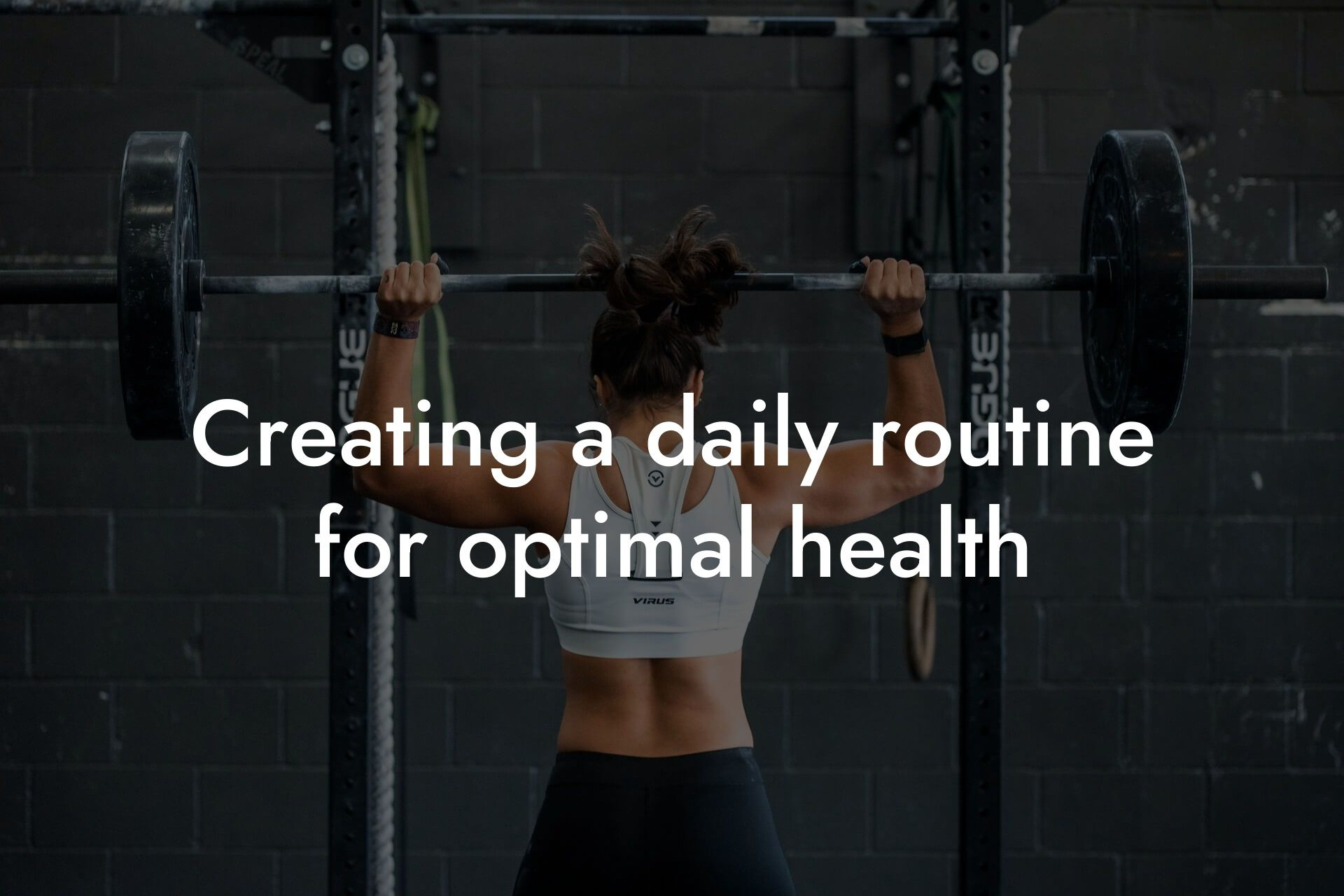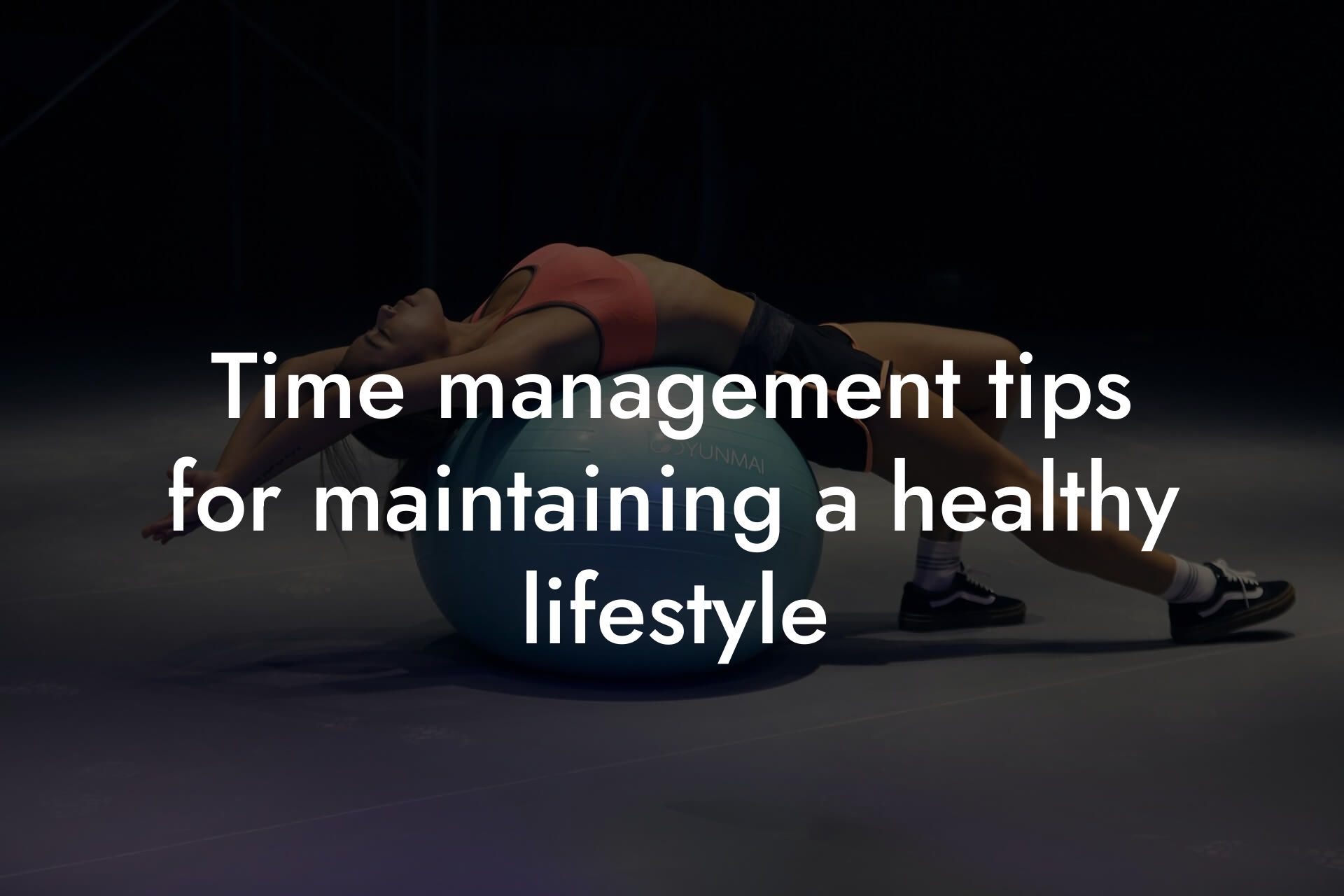As a high-earning professional, you understand the importance of maintaining a healthy and fit physique. However, with a demanding work schedule, it can be challenging to find the time and energy to prioritize your physical well-being. At Tano Performance Group, we believe that fitness is not a luxury, but a necessity for achieving optimal performance in both your personal and professional life. In this article, we will provide you with a comprehensive guide on how to integrate fitness into your busy schedule, ensuring you can reach your goals and maintain a healthy work-life balance.
Table of Contents
- Understanding the Importance of Fitness for High-Earning Professionals
- Assessing Your Current Fitness Level
- Creating a Realistic Fitness Schedule
- High-Intensity Interval Training (HIIT) for Busy Professionals
- Incorporating Strength Training into Your Fitness Routine
- Staying Motivated and Accountable
- Nutrition and Recovery: The Forgotten Components of Fitness
- Conclusion: Integrating Fitness into Your Demanding Work Schedule
- Frequently Asked Questions
Understanding the Importance of Fitness for High-Earning Professionals
As a high-earning professional, you are likely no stranger to the pressures and stresses of a demanding work environment. Long hours, high expectations, and constant deadlines can take a toll on your physical and mental health. Regular exercise is essential for reducing stress, improving mood, and increasing energy levels. Furthermore, a fit and healthy physique can boost your confidence, enhance your professional image, and even improve your overall job performance.
Assessing Your Current Fitness Level
Before you start any new fitness program, it's essential to assess your current fitness level. At Tano Performance Group, we recommend using a DEXA machine to provide a comprehensive body assessment. This advanced technology measures your body fat percentage, lean muscle mass, bone density, and other vital health metrics. With this information, you can identify areas for improvement and create a personalized fitness plan tailored to your specific needs and goals.
Creating a Realistic Fitness Schedule
One of the biggest challenges of integrating fitness into a demanding work schedule is finding the time. The key is to create a realistic schedule that works for you, not against you. Start by identifying your most productive hours of the day and schedule your workouts accordingly. If you're a morning person, consider waking up 30 minutes earlier to fit in a quick workout. If you're more energized in the evening, schedule your workout after dinner. The goal is to find a consistent routine that you can maintain in the long term.
High-Intensity Interval Training (HIIT) for Busy Professionals
HIIT is an excellent workout option for busy professionals, as it provides an effective and efficient way to improve cardiovascular health, increase strength, and boost metabolism. HIIT involves short bursts of high-intensity exercise followed by brief periods of rest. This type of training can be adapted to any fitness level and can be completed in as little as 20-30 minutes. Some examples of HIIT workouts include sprint intervals, burpees, jump squats, and mountain climbers.
Incorporating Strength Training into Your Fitness Routine
Strength training is an essential component of any fitness program, as it helps build lean muscle mass, increase bone density, and improve overall physical function. As a busy professional, you may not have time for lengthy strength training sessions. However, you can still incorporate strength training into your routine by focusing on compound exercises such as squats, deadlifts, and bench press. These exercises work multiple muscle groups at once, providing an efficient and effective way to build strength.
Staying Motivated and Accountable
Staying motivated and accountable is crucial for maintaining a consistent fitness routine. One way to do this is by finding a workout buddy or joining a fitness community. Having someone to hold you accountable and share the experience with can make a significant difference in your motivation levels. Additionally, consider setting specific and achievable fitness goals, and track your progress through a fitness journal or mobile app.
Nutrition and Recovery: The Forgotten Components of Fitness
Nutrition and recovery are often the forgotten components of fitness, but they are equally important for achieving optimal results. A balanced diet that includes lean protein, complex carbohydrates, and healthy fats is essential for fueling your workouts and supporting muscle growth and repair. Additionally, proper recovery techniques such as stretching, foam rolling, and compression garments can help reduce muscle soreness and improve overall physical function.
Conclusion: Integrating Fitness into Your Demanding Work Schedule
Integrating fitness into a demanding work schedule requires commitment, discipline, and creativity. By understanding the importance of fitness, assessing your current fitness level, creating a realistic schedule, and incorporating HIIT and strength training into your routine, you can achieve your fitness goals and maintain a healthy work-life balance. Remember to stay motivated and accountable, and don't forget the importance of nutrition and recovery. At Tano Performance Group, we are committed to helping high-earning professionals like you achieve optimal performance in both their personal and professional lives. Contact us today to learn more about our DEXA machine and comprehensive body assessment services.
Frequently Asked Questions
How do I find time to exercise with a demanding work schedule?
It's all about prioritizing and being intentional with your time. Try waking up 30 minutes earlier each day to fit in a quick workout, or use your lunch break to squeeze in a session. You can also break up your workout into smaller chunks throughout the day, such as taking the stairs instead of the elevator or doing a few jumping jacks during commercial breaks.
What are some quick and effective workouts I can do in a short amount of time?
High-Intensity Interval Training (HIIT) workouts are perfect for busy professionals. These workouts involve short bursts of intense exercise followed by brief periods of rest. You can do HIIT with bodyweight exercises, resistance bands, or even household chores like burpees or jumping jacks. Aim for 20-30 minutes, 3-4 times a week.
How can I stay motivated to exercise when I'm exhausted from work?
Remember why you started in the first place! Whether it's to feel more confident, improve your health, or simply have more energy, keep your goals top of mind. Also, find an exercise buddy or accountability partner to help push you on days when you don't feel like it. And don't be too hard on yourself – every little bit counts, even if it's just a 10-minute walk.
What are some exercises I can do at my desk to stay active?
There are plenty of exercises you can do at your desk to stay active and avoid the negative effects of sitting for long periods. Try chair squats, desk push-ups, leg raises, and wrist extensions. You can also do some simple stretches like neck rolls, shoulder rolls, and toe taps.
How can I fit in strength training with a busy schedule?
Strength training doesn't have to mean hours at the gym. Try bodyweight exercises like push-ups, squats, and lunges, or use resistance bands that can be easily stowed away in your desk drawer. You can also do isometric exercises like planks and wall sits. Aim for 2-3 strength training sessions per week.
What are some healthy snack options to fuel my workouts?
As a busy professional, it's easy to reach for convenient but unhealthy snacks. Instead, opt for nuts, seeds, fruits, and veggies with hummus. You can also prep healthy snacks like energy balls, protein smoothies, or overnight oats to keep you fueled throughout the day.
How can I avoid burnout and maintain a consistent exercise routine?
Listen to your body and take rest days as needed. It's better to do 3-4 consistent workouts per week than to try to do 7 days a week and risk burnout. Also, mix up your routine to avoid boredom and prevent plateaus. And don't forget to celebrate your small wins along the way!
What are some tips for exercising on a tight budget?
You don't need a fancy gym membership to stay active. Try bodyweight exercises, go for a run or walk outside, or find free workout videos online. You can also invest in a few affordable pieces of equipment like resistance bands or a jump rope.
How can I prioritize self-care and exercise when I have a lot of work responsibilities?
Remember that taking care of your physical and mental health is not a luxury, it's a necessity. Exercise can actually improve your productivity and focus, making you a better employee in the long run. Try to schedule your workouts into your calendar like you would any other important meeting.
What are some common mistakes people make when trying to integrate fitness into their busy schedule?
One common mistake is trying to do too much too soon and risking burnout. Another is not being consistent and giving up too easily. Remember to start small, set realistic goals, and celebrate your small wins along the way.
How can I stay accountable and motivated to reach my fitness goals?
Find an accountability partner or join a fitness community to help keep you motivated. You can also track your progress through a fitness app or journal, and reward yourself for reaching milestones.
What are some benefits of exercising during my lunch break?
Exercising during your lunch break can actually improve your productivity and focus for the rest of the day. It can also help reduce stress and increase energy levels. Plus, it's a great way to break up the monotony of the workday!
How can I fit in cardio exercises with a busy schedule?
Cardio doesn't have to mean hours on the treadmill. Try high-intensity interval training (HIIT) workouts that can be done in as little as 10-15 minutes. You can also incorporate cardio into your daily routine by taking the stairs, walking to work, or doing a few jumping jacks during commercial breaks.
What are some tips for exercising safely and avoiding injuries?
Always warm up before your workout and cool down afterwards to prevent injuries. Listen to your body and take rest days as needed. It's also important to focus on proper form and technique, especially when trying new exercises.
How can I make exercise a habit and part of my daily routine?
Try to schedule your workouts at the same time every day or week, so it becomes a habit. You can also find an exercise buddy or accountability partner to help keep you motivated. And don't be too hard on yourself if you miss a day – just get back on track as soon as possible!
What are some common misconceptions about exercise and fitness?
One common misconception is that you need to spend hours at the gym to see results. Another is that exercise has to be boring or tedious. Remember that every little bit counts, and finding exercises you enjoy can make all the difference in maintaining a consistent routine.
How can I track my progress and see results from my workouts?
Take progress photos, measurements, or track your workouts through a fitness app or journal. You can also set specific, measurable goals for yourself and celebrate when you reach them. And don't forget to focus on how you feel, not just how you look!
What are some tips for staying hydrated and fueling my body for exercise?
Drink plenty of water throughout the day, especially before and after your workouts. Aim to eat a balanced diet with plenty of fruits, veggies, and lean protein sources. You can also consider fueling your body with sports drinks or energy gels during intense workouts.
How can I prioritize my mental health and reduce stress through exercise?
Exercise is a great way to reduce stress and anxiety by releasing endorphins, also known as "feel-good" hormones. Try to focus on the present moment during your workouts, and avoid distractions like your phone or TV. You can also incorporate mindfulness exercises like meditation or deep breathing into your routine.
What are some benefits of exercising with a workout buddy or accountability partner?
Exercising with a workout buddy or accountability partner can help increase motivation, accountability, and social support. You can also learn new exercises and techniques from each other, and celebrate each other's successes along the way!
How can I stay consistent with my exercise routine during the holidays or times of high stress?
Remember that consistency is key, even if it's just a few minutes of exercise per day. Try to schedule your workouts into your calendar like you would any other important appointment. You can also find exercises that can be done at home or on the go, like bodyweight exercises or yoga.
What are some tips for getting started with a new exercise routine?
Start small and set realistic goals for yourself. Find exercises you enjoy and that fit your lifestyle. And don't be afraid to ask for help or guidance from a fitness professional or online resources!
Here are some related articles you might love...
- Creating a daily routine for optimal health
- Social support and its role in achieving fitness goals
- Time management tips for maintaining a healthy lifestyle
- Balancing indulgence and discipline in diet and fitness
- The role of sleep in achieving body composition goals
- Travel tips for maintaining your physique
- The importance of regular health check-ups
- How to manage work stress and its impact on physical health
- Healthy habits that support long-term success
Zak Faulkner
Zak Faulkner is a leading authority in the realm of physical health and body composition analysis, with over 15 years of experience helping professionals optimise their fitness and well-being. As one the experts behind Tano Performance Group, Zak has dedicated his career to providing in-depth, science-backed insights that empower clients to elevate their physical performance and overall health.
With extensive knowledge of DEXA technology, Zak specializes in delivering comprehensive body assessments that offer precise data on body fat, muscle mass, bone density, and overall physique. His expertise enables individuals to make informed decisions and achieve their fitness goals with accuracy and confidence. Zak’s approach is rooted in a deep understanding of human physiology, combined with a passion for helping clients unlock their full potential through personalised strategies.
Over the years, Zak has earned a reputation for his commitment to excellence, precision, and client-focused service. His guidance is trusted by top professionals who demand the best when it comes to their health. Whether advising on fitness programs, nutritional strategies, or long-term wellness plans, Zak Faulkner’s insights are a valuable resource for anyone serious about taking their health and fitness to the next level.
At Tano Performance Group, Zak continues to lead our Content Team revolutionising how professionals approach their physical health, offering unparalleled expertise that drives real results.




